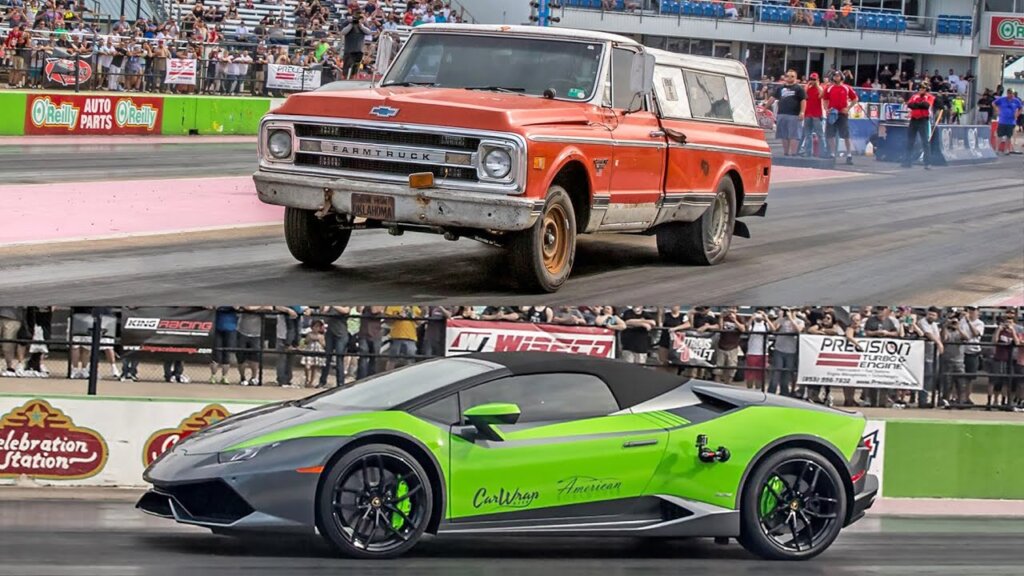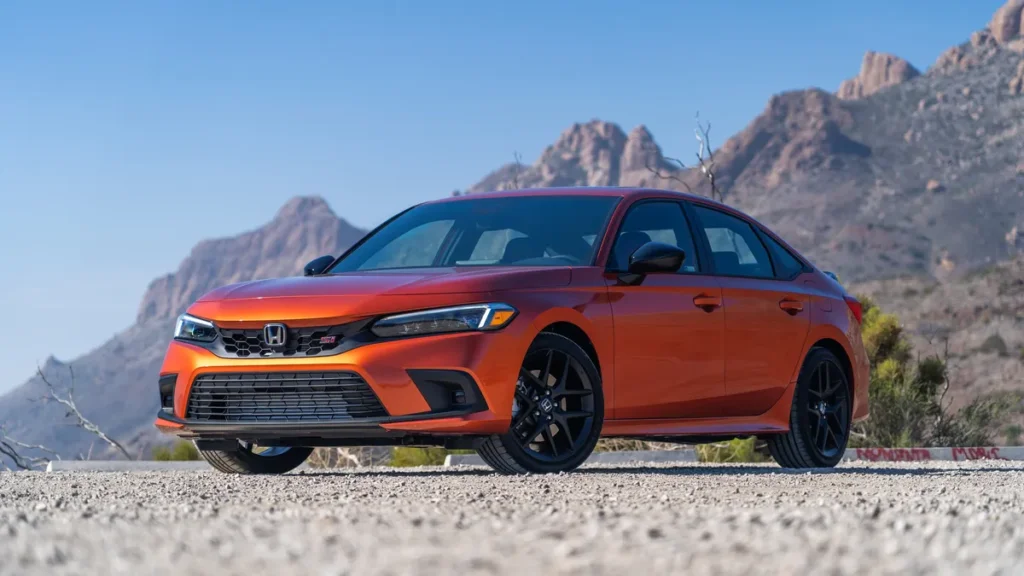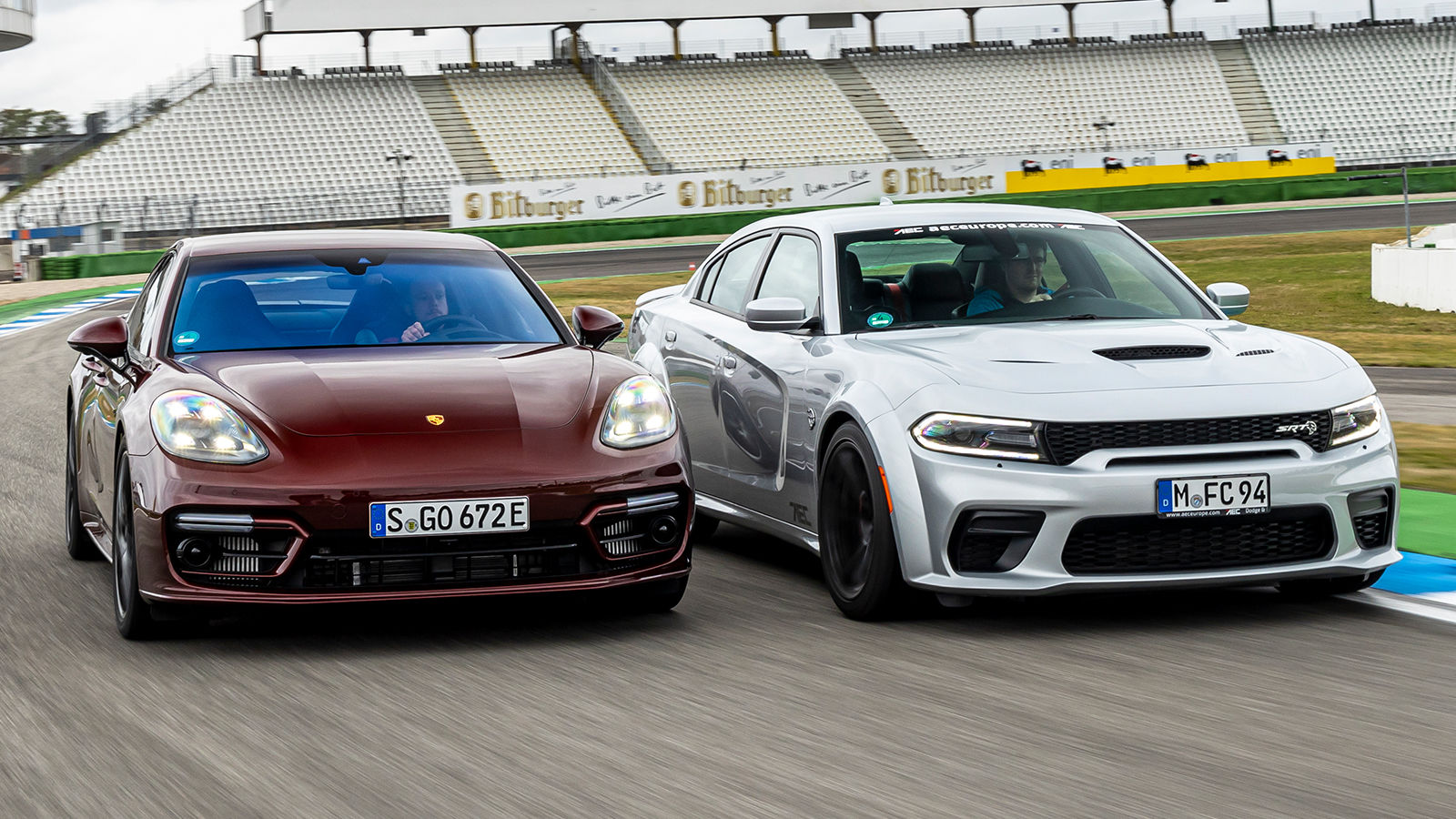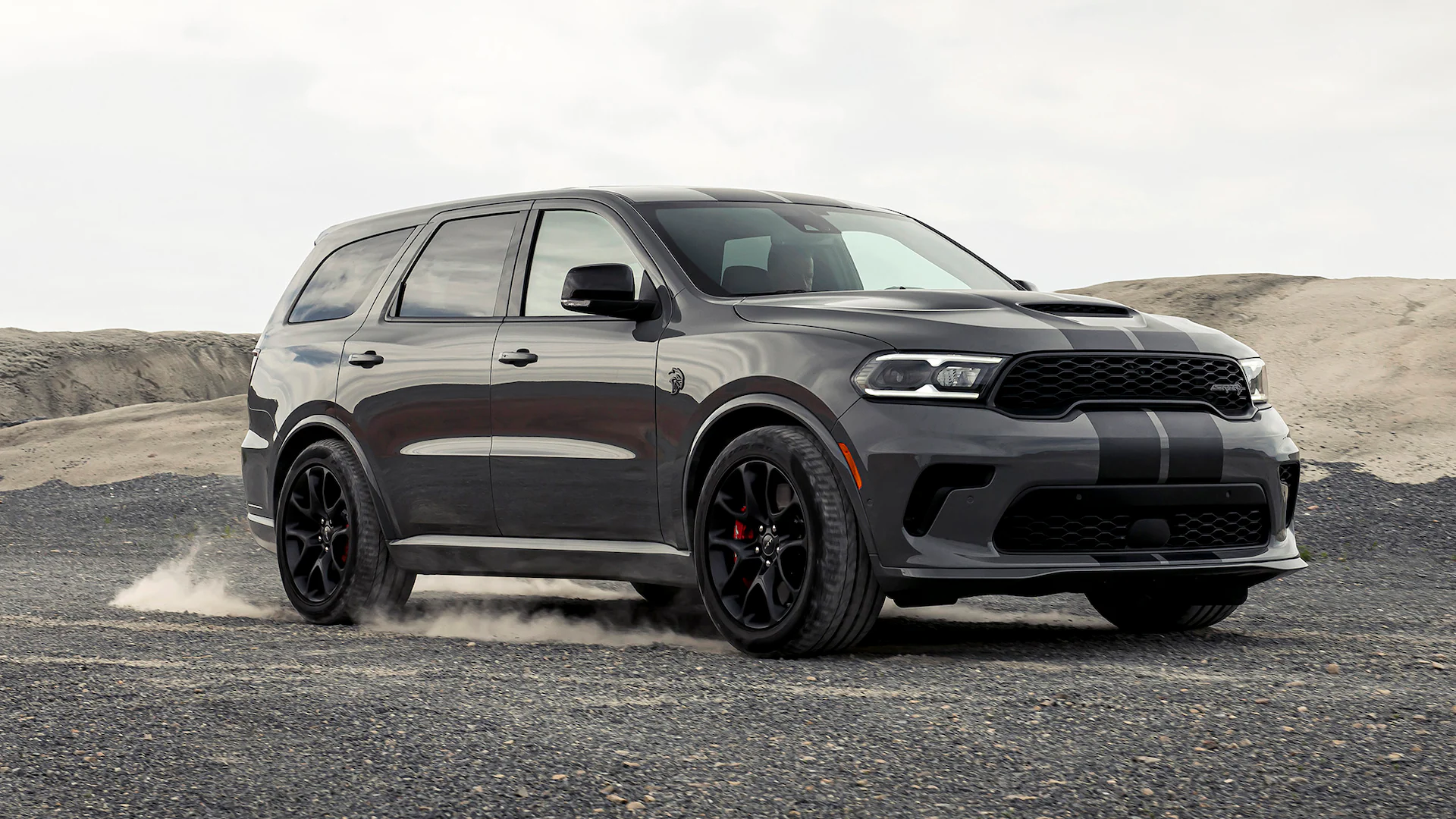Introduction
Power to Weight Ratio is a very important metric in the automotive industry, and you likely have heard it before. New automotive enthusiasts may be wondering what this ratio means, and why it’s so important. It is quite simply the ratio of the amount of power a car makes to its weight. It is typically measured in units of horsepower per pound of weight (though these units are often reversed, since a vehicles’ weight is usually greater than the amount of horsepower it produces). In the coming sections I will explain why this metric is so valued, and I will be measuring this ratio in units of pound per horsepower.
Why do we care about a Power to Weight Ratio?
This ratio is often a far better indicator of how well a car performs than just horsepower alone. On paper, a high horsepower vehicle, such as a hellcat, may look impressive, but power alone isn’t everything. A vehicles weight must also be considered, the heavier a vehicle is, the more power is required to move it. Therefore, a high horsepower car that weighs a lot may not be as impressive as a light car that makes a moderate amount of horsepower.

We could consider weightlifters as another example. If I told you that I could bench press 355lbs and my friend can bench press 225lbs, I would likely seem more impressive than my friend to you. But now allow me to add in some information, I weigh 300lbs while my friend weighs 145lbs. Now my friend may seem more impressive, because they can move significantly more weight than they weigh. This is exactly the concept of a power to weight ratio.
If a car makes 300hp, that may not sound impressive, but if that car weighs less than 3000lbs that car is certainly no slouch. Whereas if that car weighed 4000lbs, that car likely would not be very quick.
What’s a good Power to Weight ratio?
Now that you know what a power to weight ratio is, you likely want to know what a good power to weight ratio is. A quick google search actually tends to provide some conflicting information on this subject. How “fast” or “sporty” a car feels is subjective, which means that people won’t agree on an ideal power to weight ratio. There is a general consensus that cars begin to feel “fast” or “sporty” at a power to weight ratio of 10 lbs/hp. Beyond this however is highly debated, there is no concrete definition of the power to weight ratio of a “very fast” streetcar or track car.

What I will do is provide you with the power to weight ratios of various vehicles in different performance classes, to provide you with some context. Before I begin, I would like to remind you that the units I will be measuring this ratio in are pounds per horsepower, meaning that a lower value actually means better performance (the car makes more power at a lower weight).
Let us start with my vehicle, my 2012 Accord: it weighs about 4000lbs and makes 200hp. This car is not fast or quick, in fact it is quite slow, and it has a power to weight ratio of 20 lbs/hp. I’ve compiled a list below of cars and their power to weight ratios each belonging to a different performance class. I’ve personally chosen the performance classes, they are: slow, quick, quicker, very quick, fast, very fast, dangerously fast and terrifying (in ascending order). I’m sure that the meaning of each of these classes is self explanatory, though do send me an email if you want more information.
| Vehicle | Classification | Weight (lbs) | Power (hp) | Power to Weight Ratio (lbs/hp) |
| Honda Accord (2012) | Slow | 4000 | 200 | 20 |
| Honda Civic Si (2024) | Quick | 2952 | 200 | 14.76 |
| Subaru BRZ (2024) | Quicker | 2835 | 228 | 12.43421053 |
| Acura TLX Type S (2024) | Very Quick | 4221 | 355 | 11.89014085 |
| BMW M3 Competition (2024) | Fast | 3982 | 510 | 7.807843137 |
| Dodge Viper ACR (2016) | Very Fast | 3400 | 645 | 5.271317829 |
| McLaren 720S (2024) | Dangerously Fast | 3128 | 710 | 4.405633803 |
| Twin Turbo LS1 Swapped Miata | Terrifying | 2341 | 1000 | 2.341 |
Now you have seen the data above, and you can use it to make your own judgements about power to weight ratios, but nonetheless I will share my thoughts below. I think the claim mentioned above that cars begin to feel “fast” or “sporty” at a ratio of 10lbs/hp is false, I would define that as a power to weight ratio of a car that is “fast” and “sporty”. I’d say that a car would begin to feel “sporty” or “fast” at a power to weight ratio of anything between 14 – 11 lbs/hp. It also seems to me that anything with a power to weight ratio less than 10 lbs/hp becomes difficult to use on the street. For example, the Viper ACR cited above can, and should, be driven on the street; however it can only truly stretch its legs on rare occasions, if ever. It would reach felony level speeds in seconds when pushed. These cars of course would be best enjoyed on a track but can be driven on the street. It likely goes without saying that anything with a power to weight ratio less than 3 lbs/hp is a monster. These cars likely should only be driven by people who have experience handling that level of power, and really can only be used in track settings. Though, of course they can be driven on the street but may never get the opportunity to stretch their legs.
Conclusion
After conducting the research that I did, I think that there is no single ideal power to weight ratio. I also want to note that while power to weight ratio is important, it is not the only thing that matters. It does do a great job of putting a car’s relative performance into perspective, but it says nothing about the handling dynamics of the vehicle. A car with a great power to weight ratio but terrible suspension could be outperformed by a car with a worse power to weight ratio but great suspension.
Power to weight ratio is a metric that should be consulted when comparing vehicles, but not in isolation. In my experience I tend to look at the power to weight ratio, lap times (if available) and drivetrains (RWD vs FWD vs AWD vs 4WD, a future article will be coming out about these) when comparing vehicles. While there is not a single ideal power to weight ratio, there may be an ideal power to weight ratio for a performance class. For example, as I had stated above, a daily driver that feels sporty should have a power to weight ratio between 14-11 lbs/hp. There perhaps does exist an ideal value in that range, and that may be the topic of a future article.
Sources: Jtech Institute, Edmunds, 1320video



